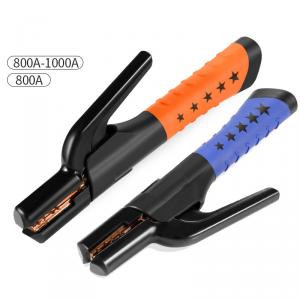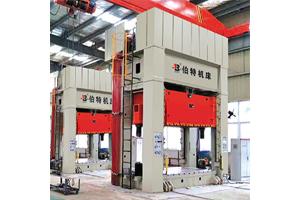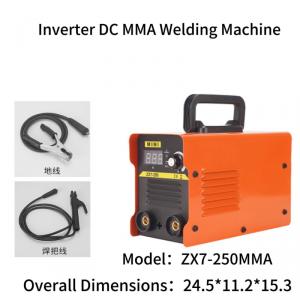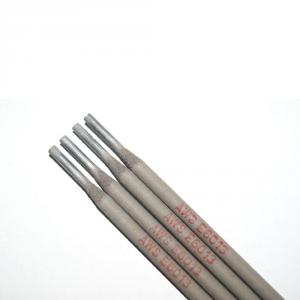Loading Port:China main port
Payment Terms:TT OR LC
Min Order Qty:1 unit
Supply Capability:50 unit/month
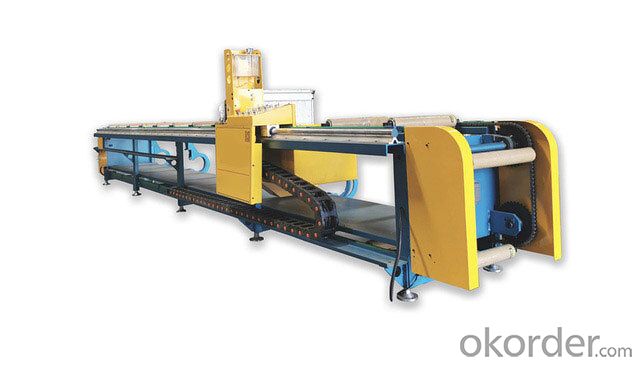
Tractor
Specifications | Traction Speed(m/s) | Largest Traction(t) | Motor Power(kw) | Wire Rope | Traction Trolley with Track | Applicable Kiln Type |
ZWQY-K3 | 0.08-0.2 | 3.0 | 3 | Φ10 Φ14 6×19 | Channel steel 12 Outer edge of rail width 560 | 3.6m |
ZWQY-K4 | 0.08-0.2 | 4.0 | 4 | Φ10 Φ14 6×19 | Channel steel 12 Outer edge of rail width 580 | 4.8m |
ZWQY-K5 | 0.08-0.2 | 4.5 | 5.5 | Φ10 Φ14 6×19 | Channel steel 12 Outer edge of rail width 800 | 4.8m above |
ZWQY-K7 | 0.08-0.2 | 5.5 | 7.5 | Φ10 Φ14 6×19 | Channel steel 12 Outer edge of rail width 800 | 4.8m above |
Added: Hydraulic beat stepper
A tractor is an engineering vehicle specifically designed to deliver a high tractive effort (or torque) at slow speeds, for the purposes of hauling a trailer or machinery such as that used in agriculture, mining, or construction. Most commonly, the term is used to describe a farm vehicle that provides the power and traction to mechanize agricultural tasks, especially (and originally) tillage, and now many more. Agricultural implements may be towed behind or mounted on the tractor, and the tractor may also provide a source of power if the implement is mechanized.
An electric motor used to drive one or several moving axles on a locomotive or motor vehicle. There are many types of traction motors, such as DC traction motors, AC asynchronous traction motors, and AC synchronous traction motors. DC traction motors, especially DC series-excited motors, have good speed regulation performance and working characteristics, and are widely used to meet the needs of locomotive traction characteristics. The working principle of the traction motor is the same as that of the general DC motor, but it has special working conditions: the space size is limited by the gauge and the diameter of the moving wheel; when the locomotive runs through the rail gap and the switch, it must bear considerable shock and vibration; the large and small gears When the meshing is poor, strong torsional vibration will be generated on the armature; when used in harsh environments, rain, snow, and sand are easily intruded. Therefore, traction motors also have many requirements in terms of design and structure. For example, to make full use of the internal space of the body to make the structure compact, higher-level insulating materials and magnetic conductive materials should be used, and parts and components should have higher mechanical strength and rigidity. Good ventilation and heat dissipation conditions and dust and moisture resistance are required, and special measures must be taken to cope with the difficult "reversing" conditions to reduce sparks under the carbon brushes.
